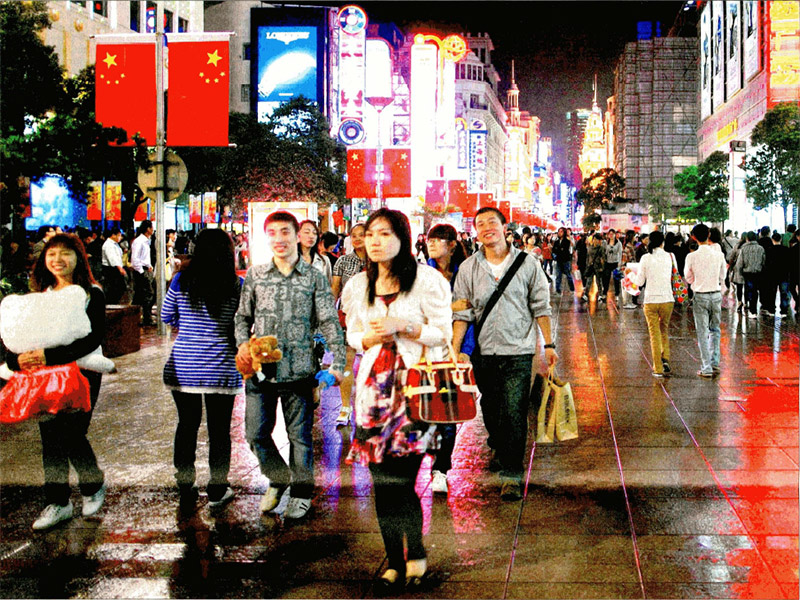

Marketers in search of Asian insights
MARKET research is a very old concept that has passed the litmus test for providing "user" endorsement to ideas and products over the years. The evolution has seen finer terms such as "consumer research" and further to "consumer insight". In some quarters, it is no more "finding what customers do" but "bringing them into the product development" rooms of marketers. "Co-creation" is therefore a key buzzword.
A significant development is the emergence of insight managers as opposed to traditional researchers. What is the difference? Traditional researchers were focused on gathering a lot of data and used mathematical and statistical tools to infer consumer preferences or attitudes to decision alternatives. Insight managers make this the starting point and combine many sciences like human psychology, sociology and marketing with ckeative disciplines like intuition, acuity, lateral thinking and futuristic orientation.
They help brand marketers connect dots and see new patterns and yet can conform to the scientific rigours of information analysis and proof. The sweetspot that they aim for is a nebulous amalgam of fact and hunch where myths are as important as truths.
The spotlight therefore stretches to human emotio~sth at underpin human actions or trigger opinions. Insight managers look for new paradigms in consumer understanding and typically a "eureka" moment as opposed to just data-derived reasoning. Interestingly, such insights also become proprietary and exclusive to the finders since two companies may not necessarily draw similar conclusions due to the intuitive track that they may choose.
Asia is home to nearly four billion consumers, more than half the world. If the predictions that China and India will overtake many of the western nations in GDP terms come true, it could be the largest bonanza for the marketers.
And yet, knowing these fast metamorphosing consumers is a challenge that companies have not fully mastered. Companies such as Unilever and Procter & Gamble, owners 0% several renowned brands and arch rivals in their markets, are pressing the pedal to take the consumer insight science to new levels.
Both these companies recently announced setting up of integrated insight and innovation centres in Singapore where "consumers" and "scientists" are to be cross linked in order to "Asianise" their products or invent new ones. It stems from the clear belief that the western designs of products do not suit the Asian consumer, at least in the majority of cases.
How does one find these eureka moments? What is the method to the madness? Again, traditional question-answer surveys are giving way to or being supplemented by "live observations" and immersing in consumers' lives - of course, with their full permission.
Flat panel televisions, for instance, were reportedly a consequence of observations made on middle-class Japanese "shoebox" homes which were cramped due to bulky television sets.
Traditional statistical tools are still in vogue but are enhanced through other streams like Ethnography, Projective techniques and concepts like the Creative Lab where consumers co-create products with marketers. Not a totally novel idea though. Many decades ago, a perceptive homemaker ushered in "white tyres" for Hoover lawn mowers as the conventional black ones left ugly marks on the garden pavements.
According to Harish Manwani, Unilever president for Asia, Africa, Middle East and Central Europe, the battle in Asia is more with "non-consumption" rather than "consumption". In other words, traditional habits and attitudes in developing markets have meant that many branded products are not yet in consumers, shopping list. Changing such habits need deep insights into cultural and social standpoints. Re- ' sources and economic factors are also of serious consideration in product design for emerging Asian markets.
Unilever, for instance, reports a strong , "save water" agenda in their washing products basket as many emerging markets suffer either from severe water shortage currently or are destined for one.
Consider the baby care market in India as another instance. Given that India is home to the most number of babies in the world, with over 27 million born every year, P&G came up with a bikini design for their Pampers diapers that suited the country's tropical climate as well as incorporated an easily resealable fastening system that replaced conventional tapes, which wear out more quickly - all for a fraction of the price that these products retail in developed markets.
Frugal habits of Asian customers have also seen many FMCG companies introduce small-size, low-threshold-priced variants. A rural Filipino woman would still wash her laundry and dishes in one go, using the same detergent product, and sometimes she will do these things as she steps out to bathe in the river near her home. The product needs to withstand the "water- soaking" endurance test.
Anecdotal examples are also aplenty in other sectors such as food products (taste preferences are even more disparate) or consumer durables or even cars, with such unique consumer habits and attitudes in Asia This is exacerbated by the fact that no two Asian countries display similar traits Nor is there a linear relationship have meant that many branded products with economic status of the societies. Vietnamese women wash their hair more often than Indians, despite a lower per capita GDP
With such diversity, fast-paced changes and a giant opportunity beckoning them, marketers have little option but to ramp up insight programmes. Not just in resource terms, but in creative ways too.


